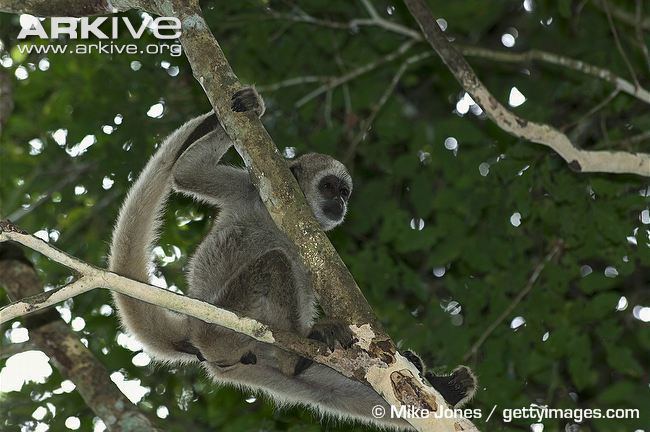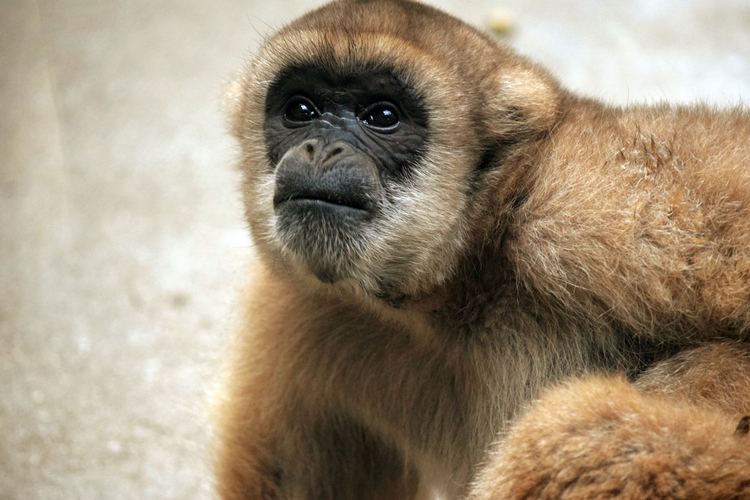Genus Brachyteles Higher classification Muriqui | Phylum Chordata Scientific name Brachyteles arachnoides Rank Species | |
 | ||
Mass Male: 9.6 – 15 kg (Adult), Female: 8 – 11 kg (Adult) Length Male: 55 – 78 cm (Adult, Without Tail, Head and body), Female: 46 – 63 cm (Adult, Without Tail, Head and body) Tail length Male: 74 – 80 cm (Adult), Female: 65 – 74 cm (Adult) Similar Muriqui, Northern muriqui, Primate, Mammal, Atelidae | ||
The southern muriqui (Brachyteles arachnoides) is a muriqui (woolly spider monkey) species endemic to Brazil. It is found in the Brazilian states of Paraná, São Paulo, Rio de Janeiro, Espírito Santo and Minas Gerais. This New World monkey is known locally as mono carvoeiro, which translates to "charcoal monkey".

Muriquis are the largest New World monkeys and largest non-human native primates in the Americas. Male muriquis have a head-body length of 55–78 cm (21.5–30.5 in), with a tail of 74–80 cm (29–31.5 in) and a body weight of 9.6–15 kg (21–33 lb). Females have a head-body length of 46–63 cm (18–25 in), a tail length of 65–74 cm (25.5–29 in) and a body weight of 8–11 kg (18–24 lb). The tails are fully prehensile.
The southern muriqui, B. arachnoides, has a solid black face, distinguishing it from the northern species, B. hypoxanthus, which has a black face mottled with pink.

This species is considered endangered because of habitat destruction, hunting pressures, and historic population declines. Only two captive populations of the southern muriqui exist. They are housed at the zoo of Curitiba and at the zoo of Sorocaba, Brazil. The latter is located 80 km from the only long-term investigation of the southern muriqui in continuous forest, the Carlos Botelho State Park. The wild population was estimated at 1,300 in 2005.
